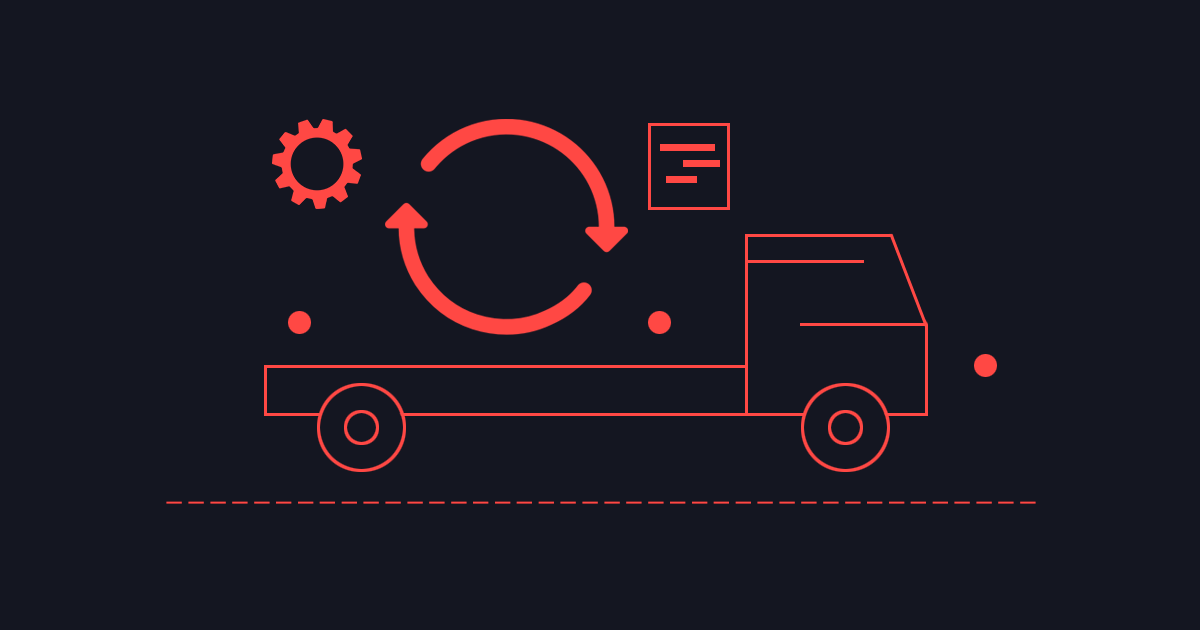Product Delivery Mindset #7: Continuous transparency
Read Time 3 mins | Written by: Kim Sullivan

In today's fast-paced product development landscape, sharing work continuously and publicly is vital for driving efficient and effective innovation.
By routinely exposing works in progress through various means like demos, Loom videos, and shared (working) documents, we invite early feedback and avoid the costly detour of pursuing the wrong direction for too long.
Choose the right channel for communication
Keep your audience in mind when picking the preferred method/channel to share your work.
For example, Loom video recordings are fantastic for C-Suite review to watch on their own time in their busy schedules. A live demo for the team is likely a better avenue to minimize the feedback cycle length.
- Loom videos
- Slack channels & DMs
- Figma
- Project management software
- Async demos
- Live demos
- Stand ups
By sharing work early and often, we ensure development efforts are moving the right direction from the start and stay more aligned with overarching business goals. And work doesn’t have to be perfect to be shared.
This mindset of continuous transparency encourages a culture of openness, where work doesn't have to be polished to be shared and promotes a positive view of accountability. As a result, progress is continuously visible and celebrated, and ultimately sets the stage for a long list of successful outcomes.
Ten benefits of continuous transparency

Let's promote an environment where sharing early and often is the norm. This unlocks innovation and tight alignment between teams and stakeholders – which everyone knows how to say but doesn’t know how to put into action. And the benefits of learning how to do it are worth it.
- Builds trust: Regular, open communication helps build trust within the team and with stakeholders. It shows that there's nothing to hide and everyone is committed to the success of the project.
- Enables early issue identification: Frequent progress updates make it easier to spot potential issues, risks, or roadblocks early on. This allows the team to proactively mitigate them before they become major problems.
- Facilitates collaboration: Sharing progress openly encourages team members to offer help, insights, and constructive feedback. It breaks down silos and fosters a collaborative spirit.
- Keeps everyone aligned: Consistent communication ensures everyone is on the same page regarding project status, priorities, and any changes in direction. Misalignments can be caught and corrected quickly.
- Manages expectations: Stakeholders have a clearer understanding of what's happening and when to expect results. There are fewer surprises, and expectations can be proactively managed if there are deviations from the plan.
- Provides motivation and accountability: Knowing that progress will be visible to others can be a strong motivator for the team to keep pushing forward. It also promotes accountability and ownership.
- Enables data-driven decisions: Regular progress updates often include data points like metrics, user feedback, etc. This data can inform key product decisions and prioritization discussions.
- Showcases incremental value: Stakeholders can see the value being delivered incrementally rather than waiting for one big reveal. This boosts confidence and allows for early feedback and course-correction if needed.
- Supports continuous improvement: Consistently communicating progress highlights opportunities for process and workflow enhancements. The team can spot patterns and implement improvements iteratively.
- Builds a culture of openness: Continuous transparency sets the tone for an open, honest, and psychologically safe team culture. It encourages people to speak up, share ideas, and learn from each other.
By sharing works in progress through demos, Loom videos, and collaborative tools like Figma and Google Docs, we open the door to immediate feedback and foster a culture of positive accountability rather than perfection and polish later in the cycle.
This approach not only promotes efficiency by avoiding unnecessary detours but also cultivates a workspace where progress is continuously visible and celebrated.
Follow Kim on LinkedIn
Kim uses LinkedIn to share her thoughts on product delivery, prioritization techniques, and enterprise product development and design.
Follow and engage with her here.
Don't Miss
Another Update
new content is published

